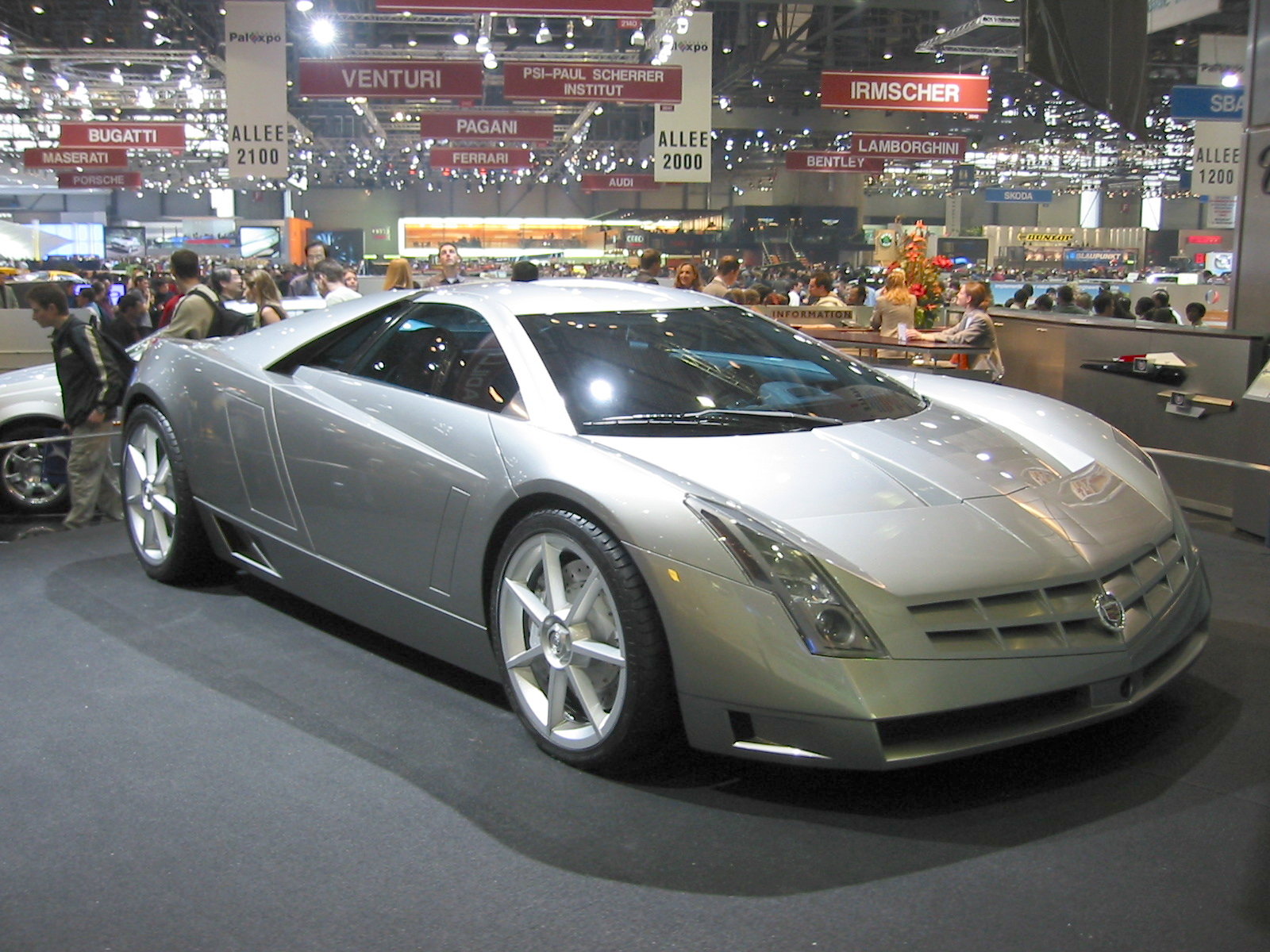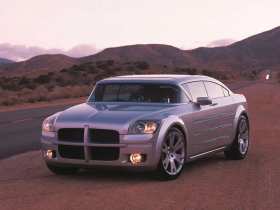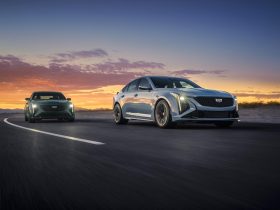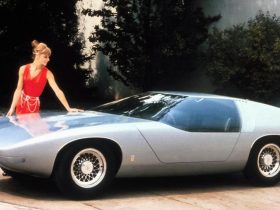For most of its history, the Cadillac marque had been a luxury brand without any kind of sports car or competition heritage. Known mostly for its posh designs and as the most well-regarded Detroit luxury brand, Cadillac was becoming associated with older buyers.
On its 100th anniversary, however, the company aimed to change that by introducing the Cien prototype at the 2002 Detroit Auto Show. The Cien would be a harbinger for several vehicles in the General Motors lineup, including the performance models Cadillac has produced since the Cien’s introduction as well as the current-generation Corvette model from Chevrolet.
The sleek design of the Cien was supercar-like in its appearance. While Cadillac models of the time period had large rear ends, they were not to house an engine. In this case, the mid-mounted engine was indeed justification for the thick deck of the Cien. And that engine was a monster.
The Cien, for all its refinement in looks, boasted a 60-degree, 7.5-liter V12 that produced a beastly 750 horsepower and 650 pound-feet of torque. The engine was a marvel of engineering at the time, offering direct fuel injection and displacement on demand, allowing cylinders to be shut off when not needed. The Cien’s V12 could operate on less than eight cylinders when cruising, offering improved fuel economy and smoothness to the ride as a result.
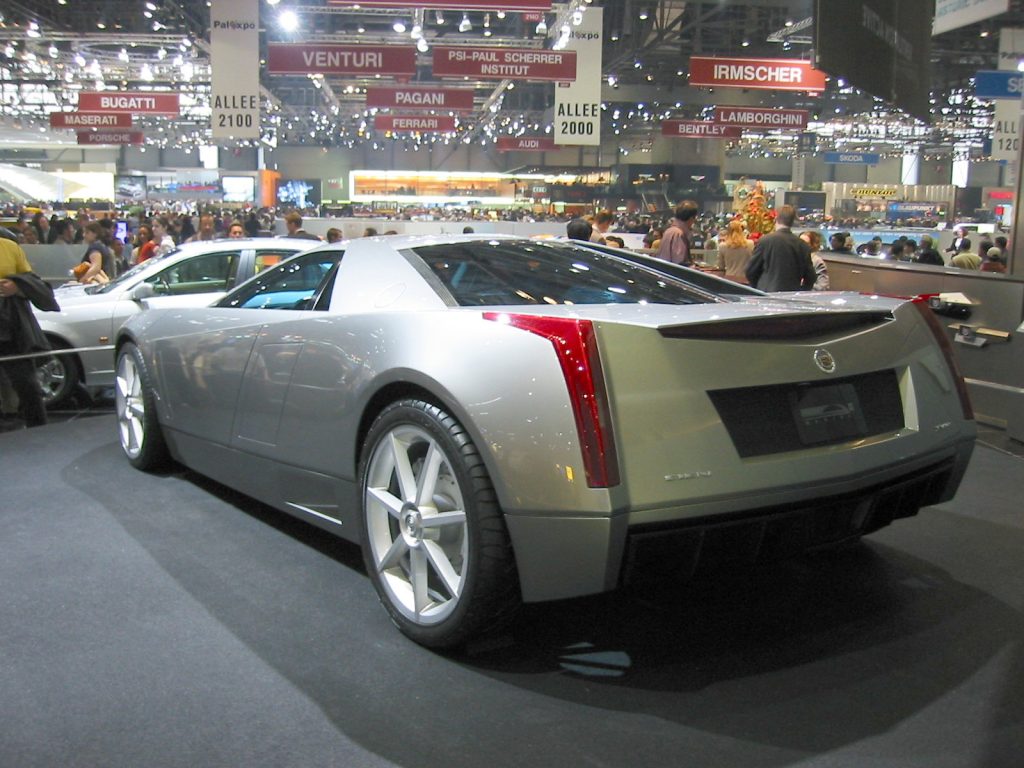
General Motors’ Advanced Design Studio in England was largely responsible for the design of the Cadillac Cien and is where the prototype was produced. Working with UK motorsport company Prodrive, the Cien’s aerogel composite monocoque chassis and bodywork were made to be integral to the car’s road-going stiffness. Active aerodynamic features were inspired by the F-22 Raptor airplane.
The Cien was aimed for production when it introduced in 2002. GM hoped to bolster the Cadillac name with the supercar as a halo for sales. Development costs and the expected selling price being over $200,000, however, doomed the Cien to being just an engineering and design prototype.
Following its unveiling, however, work at Cadillac on a series of performance models quickly ensued. Lessons learned from the Cien would inspire and be seen in the forthcoming “V” series of performance models. These models, based on current Cadillac offerings, were treated as true performance variants rather than just up-badged show cars. In just a few years, inspirations from the Cien would power Cadillac’s new image as GM’s luxury performance brand, with the V series being akin to Mercedes-Benz’s AMG and BMW’s M brands.
The design of the Cien was a clear predecessor of the eighth-generation Corvette as well. The mid-engine design and non-metallic bodywork were good omens for the most well-received Corvette to come out of GM in decades.
The Cadillac Cien resides in General Motors’ museum. It has also appeared in numerous films and video games, including 2005’s The Island, 2014’s Transformers: Age of Extinction, and several Gran Turismo games.
Photos from Wikimedia.


